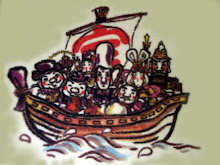All industrial machine products are made while allowing a certain error. There is a tolerance for each component machine element, and there is an assembly error in which errors are accumulated as a result of assembly. This latter error is a variation of the product and is set as a tolerance value. The smaller the tolerance value is, the higher the precision of the machine will be, and the higher the cost will be. This tolerance is stipulated in detail in the JIS standard as a machine element.
An automobile can be regarded as an industrial product that combines many mechanical elements, but it is employed many rubber parts for tires, axle arm connections and engine support parts for the purpose of vibration and sound insulation.
As for the rubber material used, often used NBR, IIR, etc., but it is inevitable that it will be deformed and deteriorated due to aging and continuous pressurization.
In addition, there are physical characteristics peculiar to rubber, which makes it difficult to adjust and maintain the desired value of the axle.
Among the characteristics, viscoelasticity and pressure displacement and the hysteresis characteristics associated with them, the displacement quickly recovers when the external force is removed. However, there is some residual strain, and it takes time to recover as it's original figure. It shows two-step or several-steps deformation recovery characteristics.
In addition to the product variation due to the assembly tolerance as a machine mentioned above, the existence of many built-in rubber parts makes it difficult to measure and adjust the wheel alignment of an automobile and maintain the set state.


0 件のコメント:
コメントを投稿